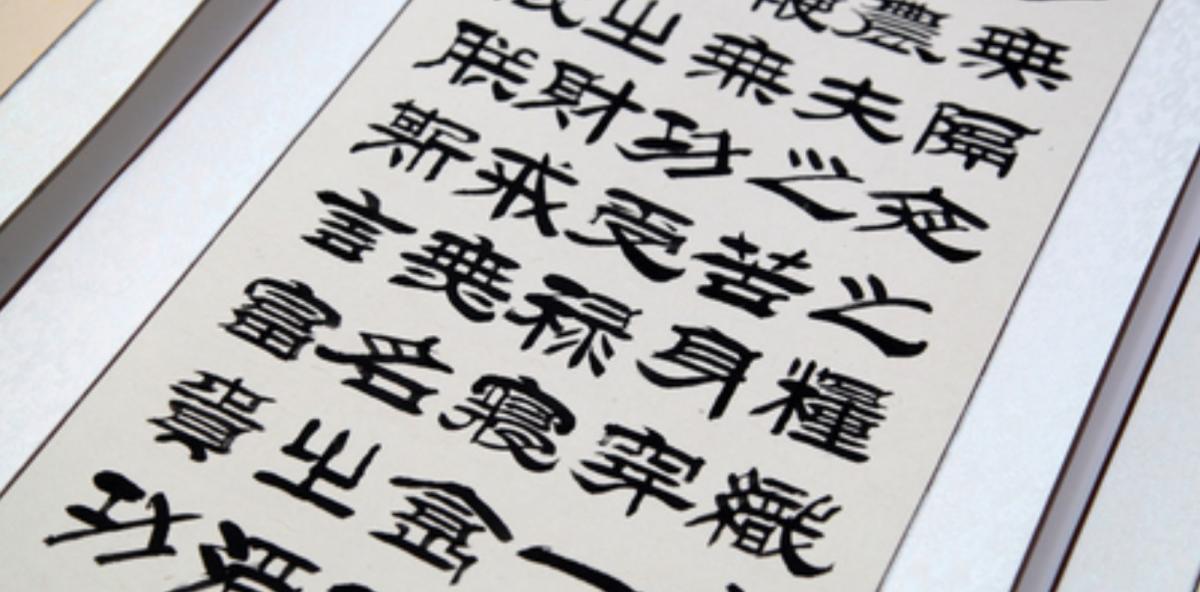Why is Chinese so difficult for Westerners to learn?

In English, we use the expression “It’s all Greek to me” when something sounds confusing or incomprehensible. However, a Greek person—and many other Europeans for that matter—would say the same expression but with Chinese!
In reality, we should not speak of Chinese, but of Chinese languages, as there are 7 main families of Chinese languages with various dialects (the figures vary according to sources).
For the sake of simplicity, the term "Chinese" is usually used to refer only to Mandarin Chinese, unless otherwise specified.
Índice de contenidos
Index of contents
Index du contenu
Inhaltsverzeichnis
Indice dei contenuti
1. A Category IV language for Americans

The United States Department of State classifies language learning according to its difficulty.
To do this, it tracks the time it takes students to master a certain language to reach the required professional proficiency level, which consists of 3 points in writing and 3 points in speaking on the language proficiency scale.
Cantonese and Mandarin Chinese occupy last place in the classification, labelled as "Category IV: super-hard languages", meaning that it requires 88 weeks, 2,200 hours or a year and a half of study to fully master them. Notice how Icelandic, Russian or Uzbek are better positioned!
2. Written Chinese and Chinese characters

To say that Chinese is the most difficult language for a Westerner to learn is probably going too far. But the same cannot be said of its writing system.
Written Chinese currently has three different variants:
- Traditional Chinese;
- Simplified Chinese;
- Pinyin (hànyǔ pīnyīn).
In this small article, you can read about the most complicated Chinese character to draw. It is "Biang" and is closely related to the famous "Biang-Biang" noodles.
It is clear that this character, absent in most dictionaries due to its complexity and its 56 different strokes, must take some time to memorise and write!
In traditional Chinese, it is necessary to memorise between 3,000 and 4,000 characters to be able to write or read common texts, out of a total of more than 40,000 characters (also known as sinograms).
That is why pinyin was created, a romanisation of sinograms based on phonetics, to make it easier for Westerners to learn the Chinese language.
3. Chinese tones: a thorny problem

While Chinese grammar is not the most complicated to understand, this is not the case with the tones. For a Westerner, it is a real challenge to be able to articulate the tones correctly.
It is a grave mistake to think that you can escape learning them. On the contrary, tones are of utmost importance, as mispronouncing the tones often means saying one word instead of another!
Chinese consists of four tones plus a neutral tone. To imagine the great difficulty of Chinese tones, there is nothing like the wonderful example they usually give you when you start studying the language:
- 骂 (mà): translates as "insult"
- 妈 (mā): translates as "mum"
- 麻 (má): translates as "hemp"
- 马 (mǎ): translates as "horse"
As you can see, what is written in pinyin is very similar except for the accent mark used, whereas the translation into Chinese shows completely different words.
4. Learning Chinese requires a lot of time and effort

For language learning to be worthwhile, it has to be worth the effort. In other words, you must have a substantial professional benefit or strong personal motivation if you want to learn this language.
When it comes to Chinese, the high number of study hours also means a higher overall costs compared to other languages.
Even in the digital age, the best way to learn Chinese is studying in class or taking intensive lessons with a private tutor.
Unless you have ample time to learn the language, it is wise to be realistic and avoid carrying out commercial translations into Chinese on your own.
Entrusting your texts to a specialised and competent translation agency like AbroadLink is the alternative you are looking for.
Other articles you may be interested in:

Blog writer and Community Manager interested in multiculturality and linguistic diversity. From her native Venezuela, she has travelled and lived for many years in France, Germany, Cameroon and Spain, passing on her passion for writing and her intercultural experiences.



Add new comment